How to Xeriscape this much area?
mrsfox
10 years ago
Related Stories

SAVING WATERXeriscape Gardens: How to Get a Beautiful Landscape With Less Water
Conserve water and make gardening much easier with the xeriscape approach’s 7 principles
Full Story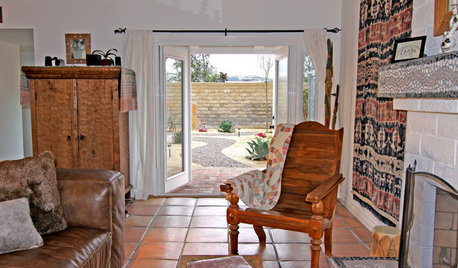
HOUZZ TOURSMy Houzz: Indonesia-Inspired California Home
Global patterns, curated finds and a calming xeriscape garden bring tranquility to a textile designer's Dana Point home
Full Story
SAVING WATER11 Ways to Save Water at Home
Whether you live in a drought-stricken area or just want to help preserve a precious resource, here are things you can do to use less water
Full Story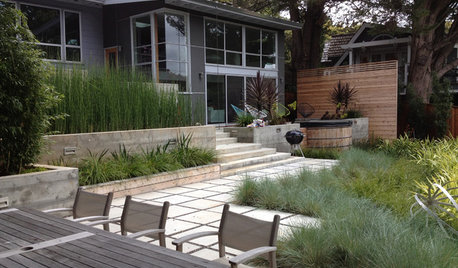
LANDSCAPE DESIGNThe Case for Functional Garden Design
Clear away the decoration to give every area of your garden a clear function
Full Story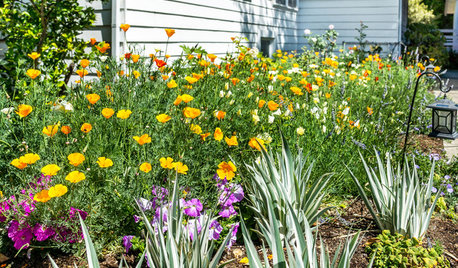
LANDSCAPE DESIGN10 Ideas for a Creative, Water-Conscious Yard
Check out these tips for a great-looking outdoor area that needs less water
Full Story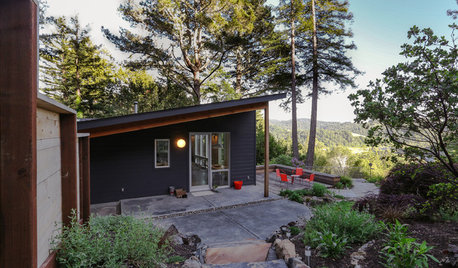
VACATION HOMESHouzz Tour: Rugged and Refined Beauty in Sonoma County
Opening up rooms and adding outdoor recreation areas makes a weekend home a real retreat
Full Story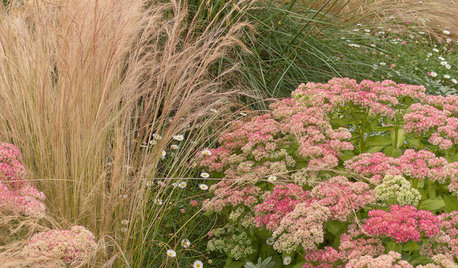
GARDENING GUIDESGreat Garden Combo: 3 Soft-Looking Plants for a Dry Climate
Weave a romantic tapestry with this drought-tolerant combination of plants as tough as they are lovely
Full Story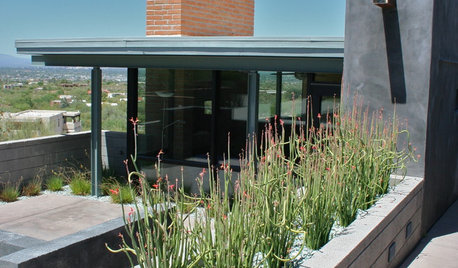
GARDENING GUIDESGreat Design Plant: Slipper Plant
Unthirsty succulent looks great all year and offers an unexpected surprise in fall
Full Story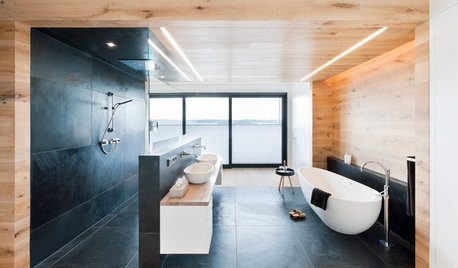
BATHROOM DESIGNDream Spaces: Spa-Worthy Showers to Refresh the Senses
In these fantasy baths, open designs let in natural light and views, and intriguing materials create drama
Full Story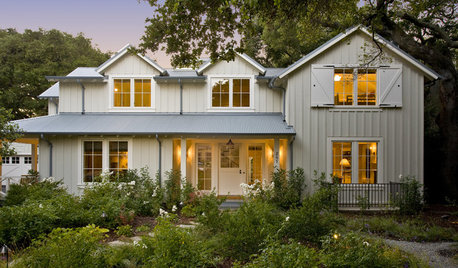
LANDSCAPE DESIGNWater-Saving Landscaping Ideas for Traditional Homes
Who says you need a lawn and roses in front of your traditional house? Try some of these drought-tolerant beauties instead
Full Story





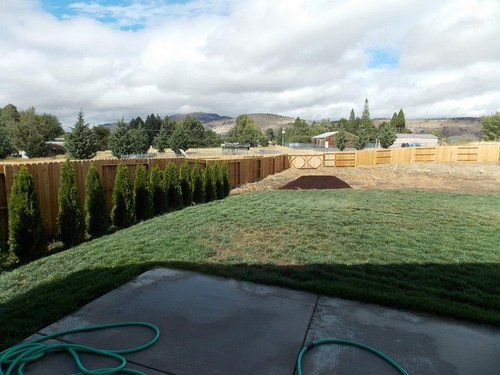
mrsfoxOriginal Author
lazy_gardens
Related Professionals
Washington Landscape Architects & Landscape Designers · Goodyear Landscape Contractors · Medford Landscape Contractors · Wilmington Landscape Contractors · Amesbury Landscape Contractors · Bridgeview Landscape Contractors · Columbine Landscape Contractors · Danvers Landscape Contractors · Golden Gate Landscape Contractors · Inglewood Landscape Contractors · Northport Landscape Contractors · Ocoee Landscape Contractors · Pomona Landscape Contractors · Washington Landscape Contractors · West Orange Landscape ContractorsmrsfoxOriginal Author
trilliumgreen